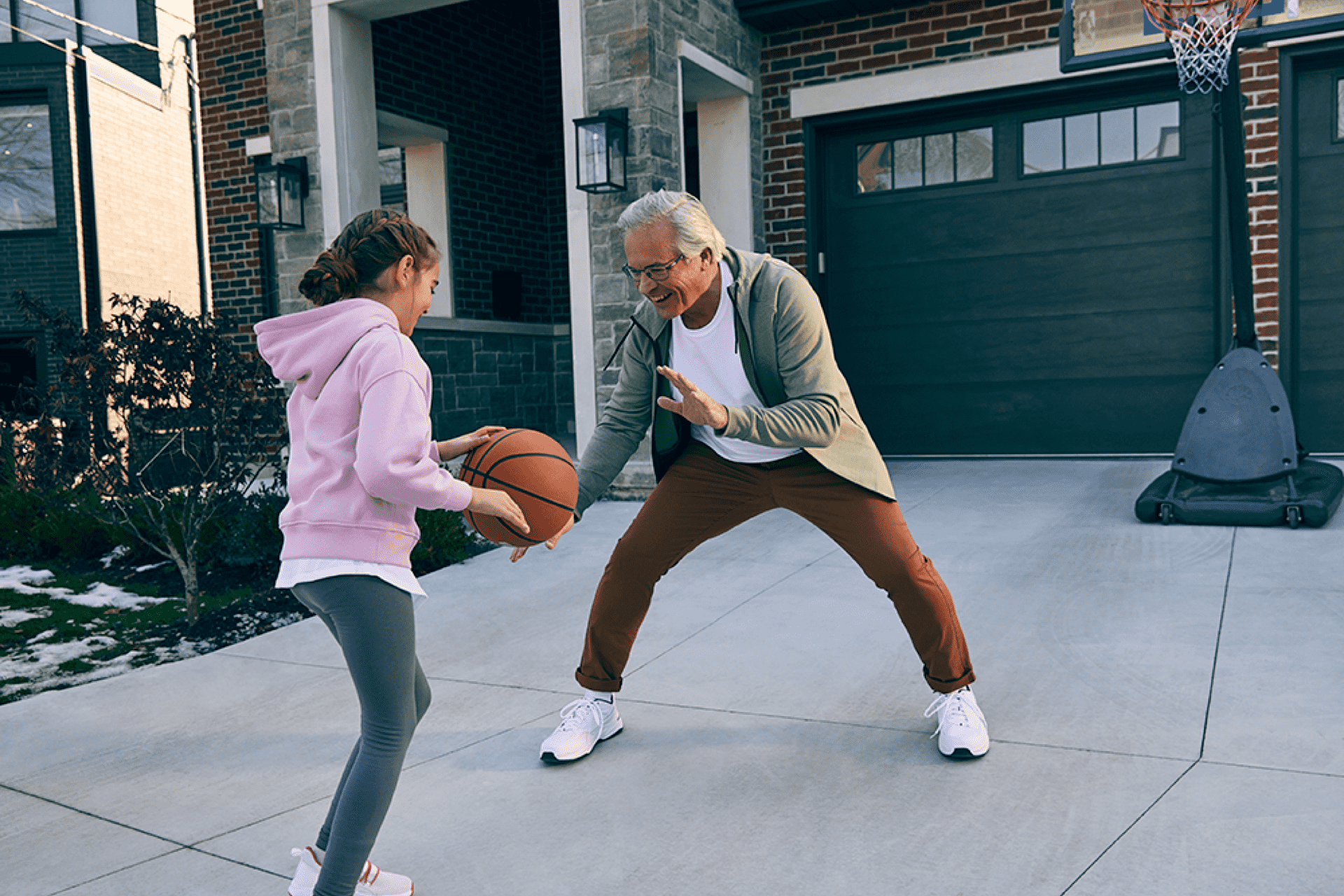Prevención de Caídas: Lo que los fisioterapeutas quieren que sepas
Aprende qué causa las caídas en los adultos mayores y cómo prevenirlas. Obtén consejos para mejorar el equilibrio y mantenerte seguro a medida que envejece con simples ejercicios de fisioterapeutas.
$0 costo para usted
Fecha de Publicación: Mar 16, 2023
El índice
Exercises to Improve Balance and Coordination
¿Quieres atención de expertos? Consulta si estás cubierto por nuestro programa gratuito →- Elevar las piernas laterales
- Siéntate para pararte
- Elevación de pantorrilla de pie
